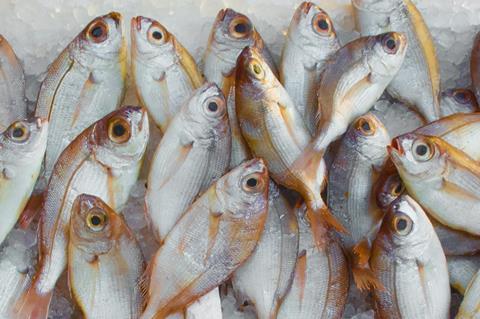Recent research presents a novel approach to managing the risks posed by Vibrio parahaemolyticus, a common yet hazardous foodborne pathogen in seafood. By integrating cutting-edge detection methods, predictive modeling, and risk assessment tools, the study provides a comprehensive framework for monitoring and mitigating health risks, marking a significant leap forward in seafood safety.

Vibrio parahaemolyticus, a prevalent foodborne pathogen, thrives in aquatic environments and seafood, particularly posing risks when consumed raw or undercooked. Known for causing infectious diarrhea globally, this bacterium presents a severe public health threat, with coastal regions being especially vulnerable due to the consumption of contaminated seafood.
As the global appetite for seafood grows, concerns over pathogen contamination have intensified. With the growing threat to public health and the challenges in detecting and controlling this pathogen, there is an urgent need for effective, innovative solutions to manage its risks in seafood.
Latest strategies
On January 7, 2025, a pioneering study (DOI: 10.1093/fqsafe/fyae051) published in the Food Quality and Safety, supported by Oxford University Press, unveils innovative strategies for mitigating the risks of Vibrio parahaemolyticus in seafood. Conducted by researchers from Shanghai Ocean University, the study offers a thorough analysis of the latest advancements in detection and control methodologies, shaping the future of seafood safety.
READ MORE: New test spots seafood pathogen in just 30 minutes
READ MORE: Once-subtropical Vibrio infections on the move along coastlines
The research delves into a variety of detection techniques for Vibrio parahaemolyticus, from traditional culturing methods to cutting-edge molecular techniques such as PCR and LAMP (Loop-Mediated Isothermal Amplification). These methods have advanced considerably, improving the sensitivity and accuracy of pathogen detection.
The study also highlights preventive and control measures, spanning physical, chemical, and biological interventions. A key focus of the research is the integration of predictive modeling and risk assessment tools, which provide a systematic approach to estimating health outcomes and guiding food safety management decisions. The authors emphasize the need for further refinement in both detection and risk assessment methodologies to enhance the efficiency of monitoring and controlling V. parahaemolyticus, ultimately improving the safety of seafood and safeguarding consumer health.
Persistent challenges
Dr. Zhaohuan Zhang, a leading expert from the College of Food Science and Technology at Shanghai Ocean University, stated, “This comprehensive review highlights the crucial role of integrated detection, assessment, and control strategies in boosting seafood safety. The advancements in our study are critical in addressing the persistent challenges posed by V. parahaemolyticus, ensuring safer and higher-quality seafood for consumers.”
The findings from this study have far-reaching implications for the global seafood industry. By adopting the proposed detection and control strategies, stakeholders can significantly reduce the risk of foodborne illnesses, enhancing the safety and quality of seafood products. Beyond contributing to scientific knowledge, the research provides actionable insights for regulatory bodies and food processors, ultimately protecting public health and supporting the sustainability of the seafood industry.







No comments yet